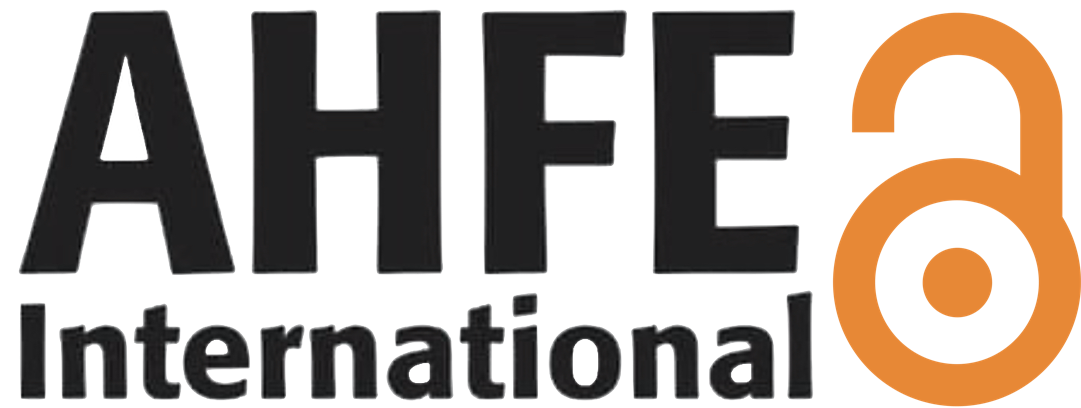Scaffolding Autonomy: AI-Augmented Self-Paced Learning Environments for Sustainable Learning Outcomes
Open Access
Article
Conference Proceedings
Authors: Kurt Englmeier
Abstract: This paper presents the design and implementation of a digital self-paced learning format that scaffolds both knowledge acquisition and time management. While self-paced environments offer flexibility and learner autonomy, they also pose challenges in sustaining motivation, managing cognitive load, and regulating study behaviour. The learning environment supports learners through two key scaffolding layers: content-level guidance and temporal regulation.Knowledge scaffolding is achieved through structured content design, semantic navigation tools, and Retrieval-Augmented Generation (RAG) that provides personalized summaries based on learner performance. These features help learners build conceptual understanding and reinforce key concepts. Temporal scaffolding includes time-aware notifications, visual progress dashboards, and learning caps to encourage regular engagement and reduce last-minute cramming.Empirical data from over 600 learners demonstrate improved study behaviour and performance with structured guidance. While artificial intelligence plays a vital role in personalization and feedback, it must maintain transparency and trust. The system is designed to act as a supportive companion, not a controlling presence—preserving learner autonomy and ownership.This work highlights the potential of AI-augmented scaffolding to create human-centred, effective self-paced learning environments.
Keywords: Self-Paced Learning, Scaffolding, Human-Computer Interaction, Cognitive Load, RAG in Education, Mental Models
DOI: 10.54941/ahfe1006774
Cite this paper:
Downloads
128
Visits
387


 AHFE Open Access
AHFE Open Access